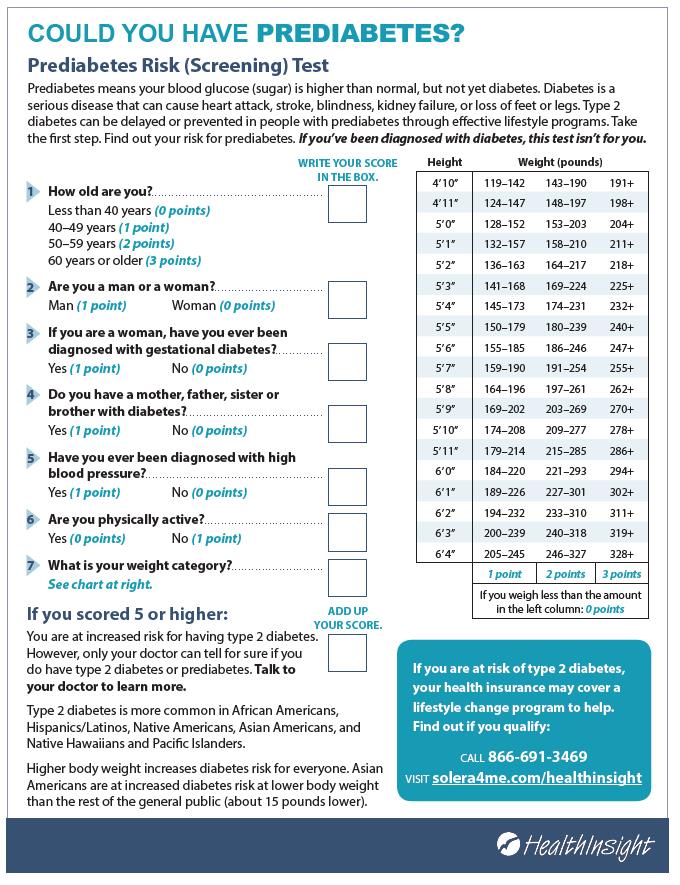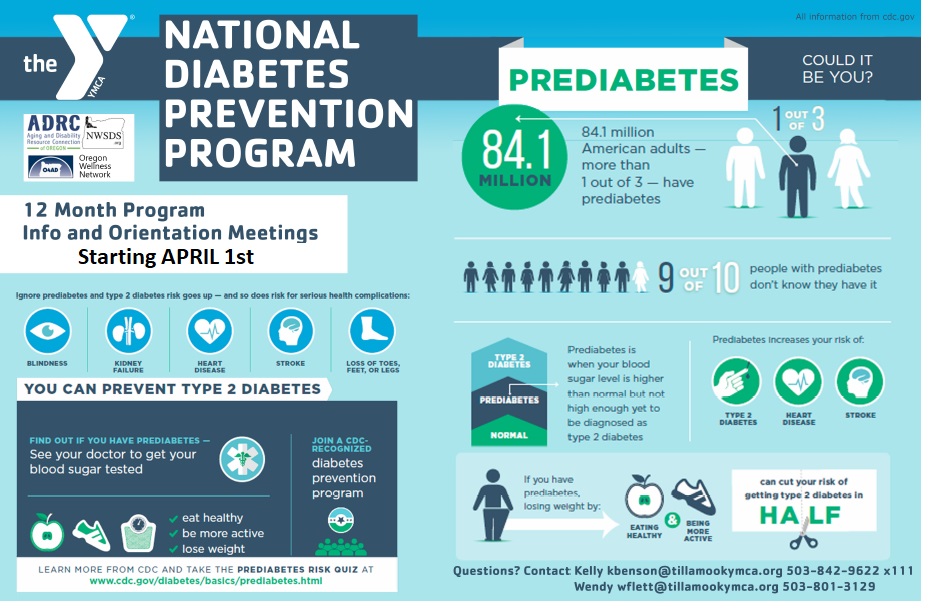Community organizations are working together to focus on improving the wellness of citizens in Tillamook County. Through collaborative efforts, the Year of Wellness (started in 2016) became the “Years” of Wellness, and now Tillamook County Wellness. “We struck a chord with folks in our communities around eating healthier and being more physically-active,” says Tillamook County Commissioner Bill Baertlein.
During the past year, members of the Tillamook County Wellness Task Force and committees have focused attention on one health issue – reducing the percentage of people in Tillamook County at risk for Type 2 diabetes over the next 10 years. Currently 11.3% of the population in Tillamook County have type 2 diabetes. Based on current research, nearly 30% of our population is at risk for “pre-diabetes” and most don’t even know it. A large study concluded that healthier eating patterns, increased physical activity and moderate weight loss can reduce a person’s risk for developing diabetes by as much as 58%.
What is the difference between Type 1 and Type 2 diabetes? Both Type 1 and Type 2 diabetes involve problems with the hormone insulin effectively managing blood sugar levels. Type 1 diabetes occurs when the body lacks the ability to produce insulin well, whereas, Type 2 diabetes occurs when the body does not properly use the insulin the body is producing.
What is Prediabetes? This is a stage before people develop type 2 diabetes and it occurs when a person’s blood sugar levels are consistently higher than normal but not yet high enough to be diagnosed as diabetes. There are not always symptoms, so most adults living with prediabetes likely do not know. However, prediabetes does not automatically lead to diabetes, and can be fully reversed with healthy lifestyle changes and even small decreases in weight.
What is Diabetes? Diabetes is a group of chronic conditions in which the body has a hard time controlling blood sugar on its own due to issues with the making or using of insulin. For those without diabetes, the body knows exactly when and how much to make to break down the sugars and starches we eat. For a person living with diabetes, this process doesn’t happen exactly as it should.
How does someone know if they have diabetes or prediabetes? There are several methods medical providers can use to determine diabetes risk. Screening tools and blood tests measuring blood glucose, or blood sugar, levels can provide a good indication of risk. Another blood test, referred to as the A1C, measures average blood sugar levels over a three-month period. An A1C of 5.6 or lower is considered normal. A person with an A1C of 6.4 or higher would be diagnosed with diabetes. Scores falling within the range of 5.7-6.4 are considered prediabetes.

To learn more, take a type 2 diabetes risk test online. Talk with your primary care physician about your risk factors and blood test options. If you have already received a prediabetes diagnosis or are interested in learning more, sign up for the upcoming YMCA Diabetes Prevention Program orientation on April 1st. For more information, call 503-842-9622 ext. 111.
Or go to www.tillamookcountyhealthmatters for more information. Watch for more information about upcoming Tillamook County Wellness committee projects that will help our communities to be happier and healthier, while reducing diabetes.


